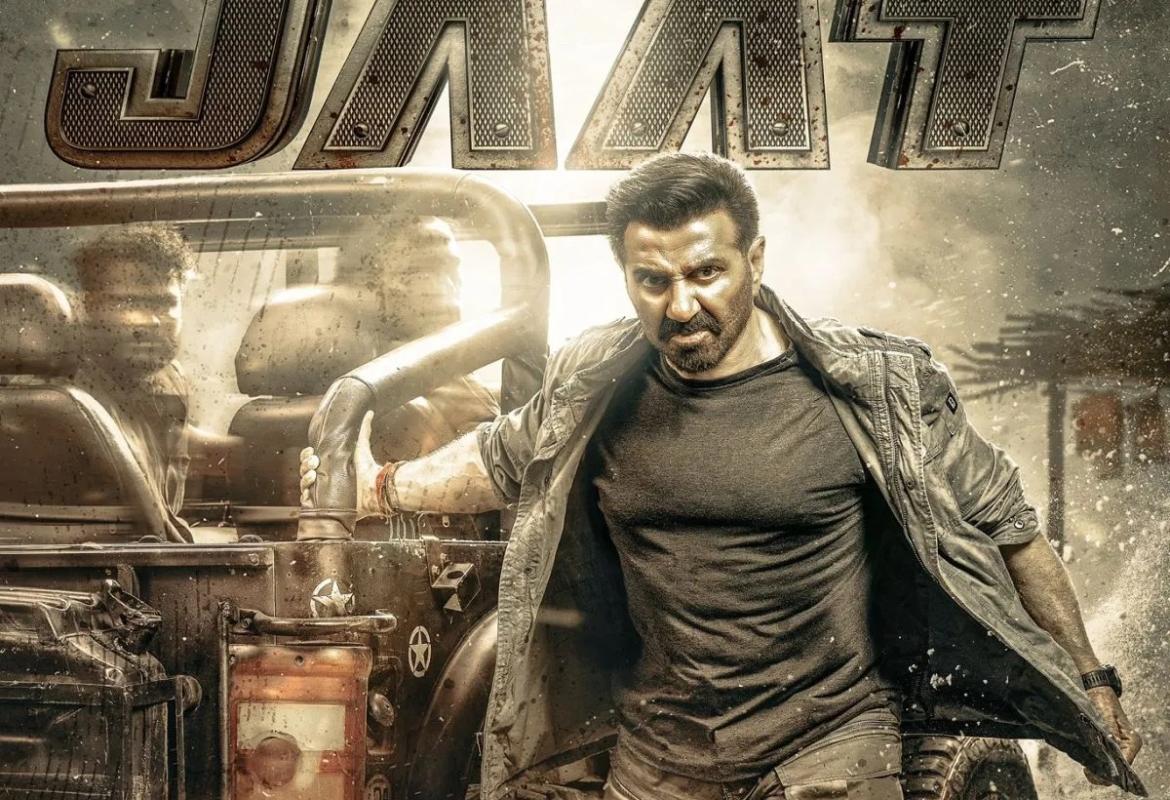Writing in the Independent, Sri Lanka’s Killing Fields Director Callum Macrae has revealed some of the new evidence of summary executions that they have uncovered whilst making their follow up documentary, “War Crimes Unpunished”.
Extracts have been reproduced below. See the full piece here.
For more information on the upcoming documentary “Sri Lanka’s Killing Fields: War Crimes Unpunished”, see here. It will be broadcast on Channel 4 this Wednesday the 14th of March at 10.55pm.
“A 12-year-old boy lies on the ground. He is stripped to the waist and has five neat bullet holes in his chest. His name is Balachandran Prabakaran and he is the son of the LTTE leader, Velupillai Prabhakaran. He has been executed in cold blood. Beside him lie the bodies of five men, believed to be his bodyguards. There are strips of cloth on the ground indicating that they were tied and blindfolded before they were shot – further evidence suggesting that the Sri Lankan government forces had a systematic policy of executing many surrendering or captured LTTE fighters and leading figures, even if they were children.”
“In one incident, legally significant because it is well documented, two international UN workers leading the last UN overland food convoy became trapped near a temporary hospital in a village primary school in Uddiyakattu, in the first of the government's No Fire Zones.”
“With the help of other civilians they began to dig bunkers to provide some protection from incoming shellfire. As was standard practice, one of the UN workers, an Australian called Peter Mackay, took precise GPS co-ordinates of the site, and these were supplied to the government. But if that had any effect, it was certainly not the desired one. Over the next couple of days the camp was subjected to a massive, sustained barrage of incoming shellfire, much of it falling directly on or near to the UN bunker. Dozens were killed – and many more horrifically injured. It was all photographed by the UN workers.”
“In a sense, it was just one relatively small incident in the ongoing carnage of the war, but it is potentially significant because it provides specific evidence linking the Sri Lankan government's chain of command to knowledge of targeted attacks on civilians – attacks that appear to constitute war crimes.”

